Your answer is not entirely true.
The file cache, also called the system cache, describes a range of virtual addresses, it has a physical working set that is tracked by MmSystemCacheWs, and that working set is a subset of all the mapped file physical pages on the system.
The system cache is a range of virtual addresses, hence PTEs, that point to mapped file pages. The mapped file pages are brought in by a process creating a mapping or brought in by the system cache manager in response to a file read.
Existing pages that are needed by the file cache in response to a read become part of the system working set. If a page in a mapped file is not present then it is paged in and it becomes part of the system working set. When a page is in more than one working set (i.e. system and a process or process and another process), it is considered to be in a shared working set on programs like VMMap.
The actual mapped file pages themselves are controlled by a section object, one per file, a data control area (for the file) and subsection objects for the file, and a segment object for the file with prototype PTEs for the file. These get created the first time a process creates a mapping object for the file, or the first time the system cache manager creates the mapping object (section object) for the file due to it needing to access the file in response to a file IO operation performed by a process.
When the system cache manager needs to read from the file, it maps 256KiB views of the file at a time, and keeps track of the view in a VACB object. A process maps a variable view of a file, typically the size of the whole file, and keeps track of this view in the process VAD. The act of mapping the view is simply filling in PTEs to point to physical pages that contain the file that are already resident by looking at the prototype PTE for that range in the file and seeing what it contains, and in the event that the prototype PTE does not point to a physical page, initialising the PTE to point to the prototype PTE instead of the page it points to, and the PTE is left invalid, and this fault will be resolved on demand on a page by page basis when the read from the view is actually performed.
The VACBs keep track of the 256KiB views of files that the cache manager has opened and the virtual address range of that view, which describes the range of 64 PTEs that service that range of virtual addresses. There is no virtual external fragmentation or page table external fragmentation as all views are the same size, and there is no physical external fragmentation, because all pages in the view are 4KiB. 256KiB is the size chosen because if it were smaller, there would be too many VACB objects (64 times as many, taking up space), and if it were larger, there would effectively be a lot of internal fragmentation from reads and hence large virtual address pollution, and also, the VACB uses the lower bits of the virtual address to store the number of I/O operations that are currently being performed on that range, so the VACB size would have to be increased by a few bits or it would be able to handle fewer concurrent I/O operations.
If the view were the whole size of the file, there would quickly be a lot of virtual address pollution, because it would be mapping in the whole of every file that is read, and file mappings are supposed to be for user processes which knowingly map a whole file view into its virtual address space, expecting the whole of the file to be accessed. There would also be a lot of virtual external fragmentation, because the views wouldn't be the same size.
As for executable images, they are mapped in separately with separate prototype PTEs and separate physical pages, separate control area, separate segment and subsection object to the data file map for the file. The process maps the image in, but the kernel also maps images for ntoskrnl.exe, hal.dll in large pages, and then driver images are on the system PTE working set.
